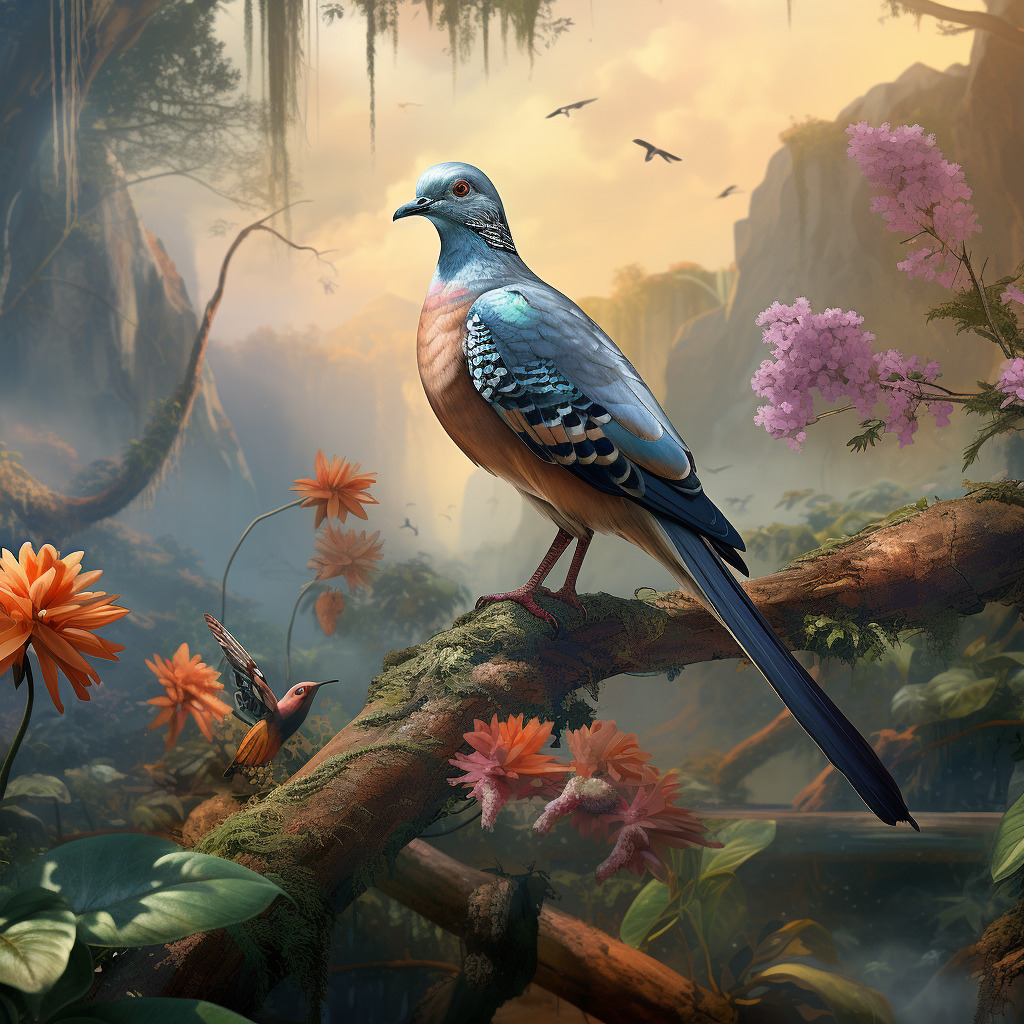The skies of North America once teemed with the fluttering of billions of Passenger Pigeons. These birds, known for their remarkable abundance, became a symbol of nature’s bounty. Yet, within a span of a few decades, they vanished, leaving behind a haunting tale of loss.
Physical Attributes & Behavior:
The Passenger Pigeon, with its slender body and long wings, was a sight to behold. Males showcased a bluish-gray hue on their heads and necks, while females donned a more subdued brownish shade. Their synchronized flights, often in massive flocks, painted the sky with a moving tapestry of life.
Habitat & Lifestyle:
Roaming the forests of eastern and central North America, the Passenger Pigeon thrived on a diet of seeds, fruits, and nuts. Their migratory patterns were driven by the search for food, leading them to cover vast distances.
Human Interaction & Extinction:
Tragically, the very abundance of the Passenger Pigeon became its undoing. Their large flocks made them easy targets for hunters. As hunting intensified, coupled with habitat destruction, their numbers plummeted at an alarming rate. By the turn of the 20th century, the once countless birds were reduced to mere whispers. The last of their kind, a pigeon named Martha, took her final breath in the Cincinnati Zoo in 1914.
Legacy & Reflection:
The story of the Passenger Pigeon serves as a poignant lesson in conservation. Their rapid decline from abundance to extinction underscores the profound impact humans can exert on nature. Today, as we reflect on their tale, it’s a reminder of our responsibility to protect and cherish the diverse species that share our planet.
What’s next?
The echo of the Passenger Pigeon’s wings may have faded, but their story remains, urging us to act with foresight and compassion for the world around us.
